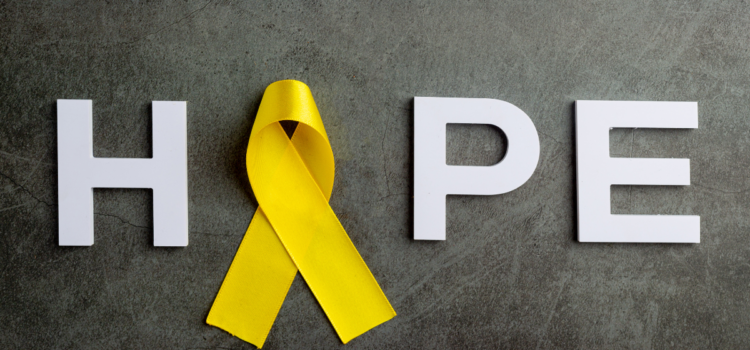
Although suicide awareness month is now over, conversations surrounding mental health and suicide awareness have been prominent all year.
Suicide is the tenth leading cause of death in the United States and the national rate has been steadily rising since the mid-2000s according to livestories.com.
Data from the California Department of Public Health shows that overall suicide rates within California are 10.5 per 100,00 people, while the Kern County average is 13.6.
Reasons for these higher rates could be because of the number of rural areas in Kern County. It is found that rural communities typically have higher rates of suicide compared to urban areas. The CDC shows that from 2000-2018 suicide rates in these areas were higher than in urban areas and since that this has only increased.
Gun ownership may be another factor in this problem. Data shows that rural firearm-related suicides in males were 63 percent higher than urban firearm-related suicides in men as well. Many people in Kern County own firearms and every person in a home with a firearm is three times more likely to die by suicide — not necessarily because of mental illness but because many suicides can be impulsive stated Ellen Eggert, the program support supervisor for the Kern Behavioral Health and Recovery Services Crisis Hotline.
It is important that communities and the County have conversations surrounding the statistics and suicide prevention methods so everyone can come together as a society and help the people in the community before they make these long-lasting decisions.
According to the suicide prevention section on bcsd.edlioschool.com, it’s important to know the signs or signals for people who may be considering suicide. Some signs to look for include:
- Talking about wanting to die or suicide
- Looking for a way to kill themselves
- Feeling hopeless, desperate, trapped
- Giving away possessions
- Reckless behavior
- Putting affairs in order
- Uncontrolled anger
- Increased drug or alcohol use
- Withdrawal
- Anxiety or agitation
- Changes in sleep
- Sudden mood changes
- No sense of purpose
As observers, it’s important to find the words that can be used to create a safe space for people who are thinking about suicide. Asking the question directly can be hard but important. “Are you thinking about suicide?” Acting directly about suicide will not put thoughts into their head, it will express concern and provide reassurance that they will be supported. Asking the question and utilizing active listening will make people who are considering suicide feel heard.
- Have a list of resources available
- Practice what you will say
- Mention the signs you have noticed
- Ask directly about suicide
- If they answer “yes”, stay calm, and do not leave them alone
Previously, the National Suicide Prevention Lifeline was originally an eleven-digit 1-800 number. There’s a hope that in shifting it to a three-digit code those reaching out for mental health emergencies will become a routine, destigmatized response to mental health crises.
Anyone struggling with suicidal thoughts should call the National Suicide and Crisis Lifeline, at 988.